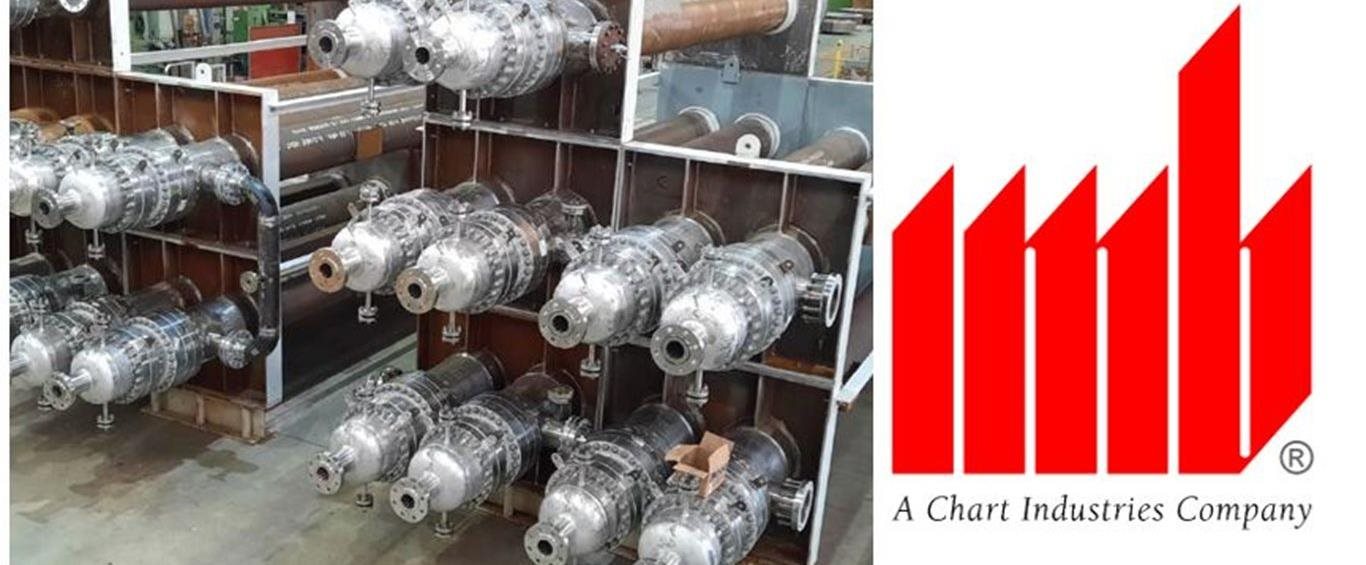
Hairpin Heat Exchangers
Hairpin heat exchangers use true counter-current flow. Unlike multi-pass shell and tube designs where correction factors are used to account for inefficiencies resulting from co-current passes, this process maximizes temperature differences between shell- and tube-side fluids.
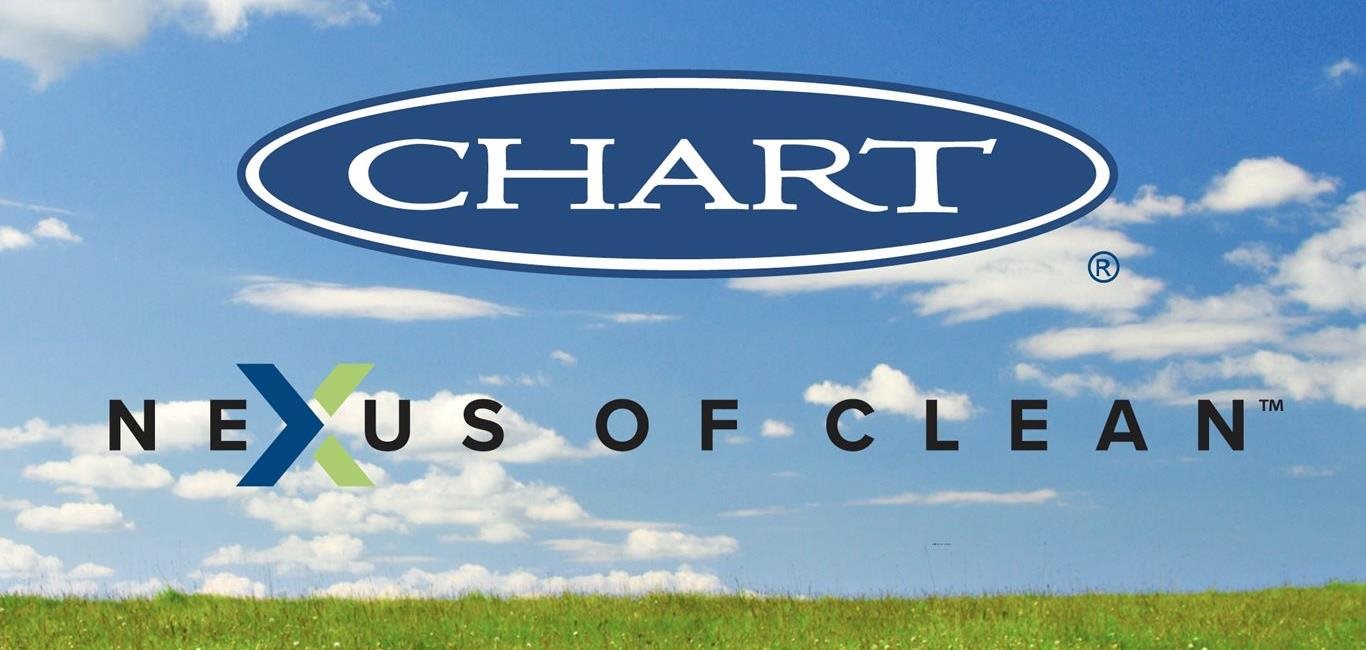
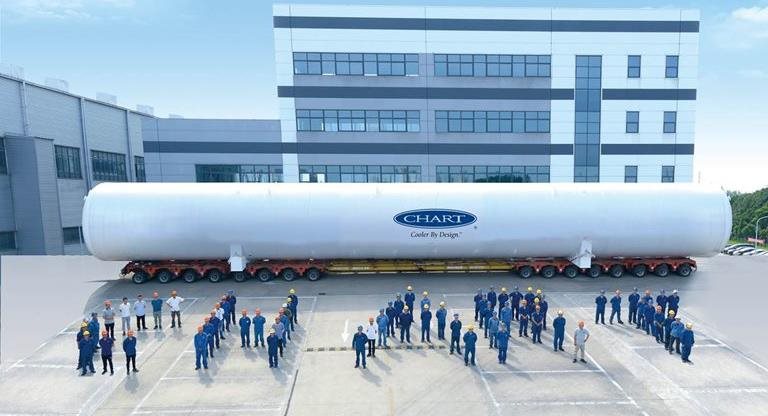
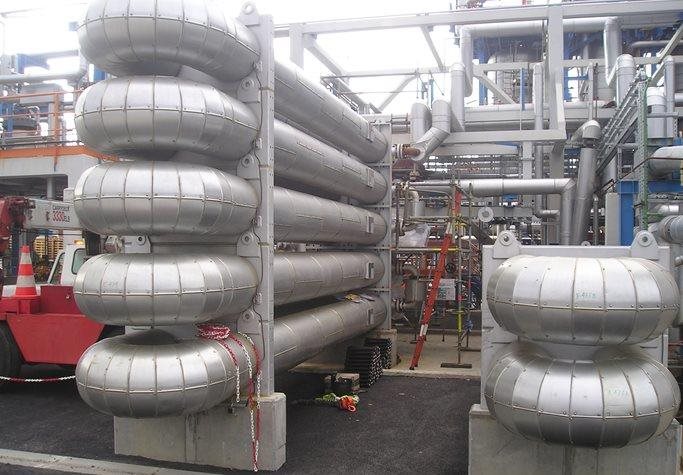
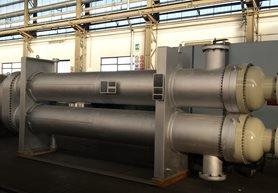
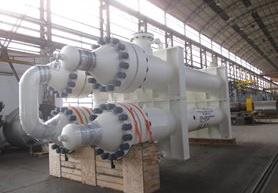
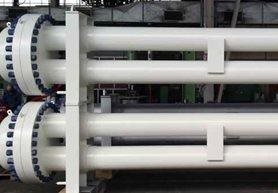


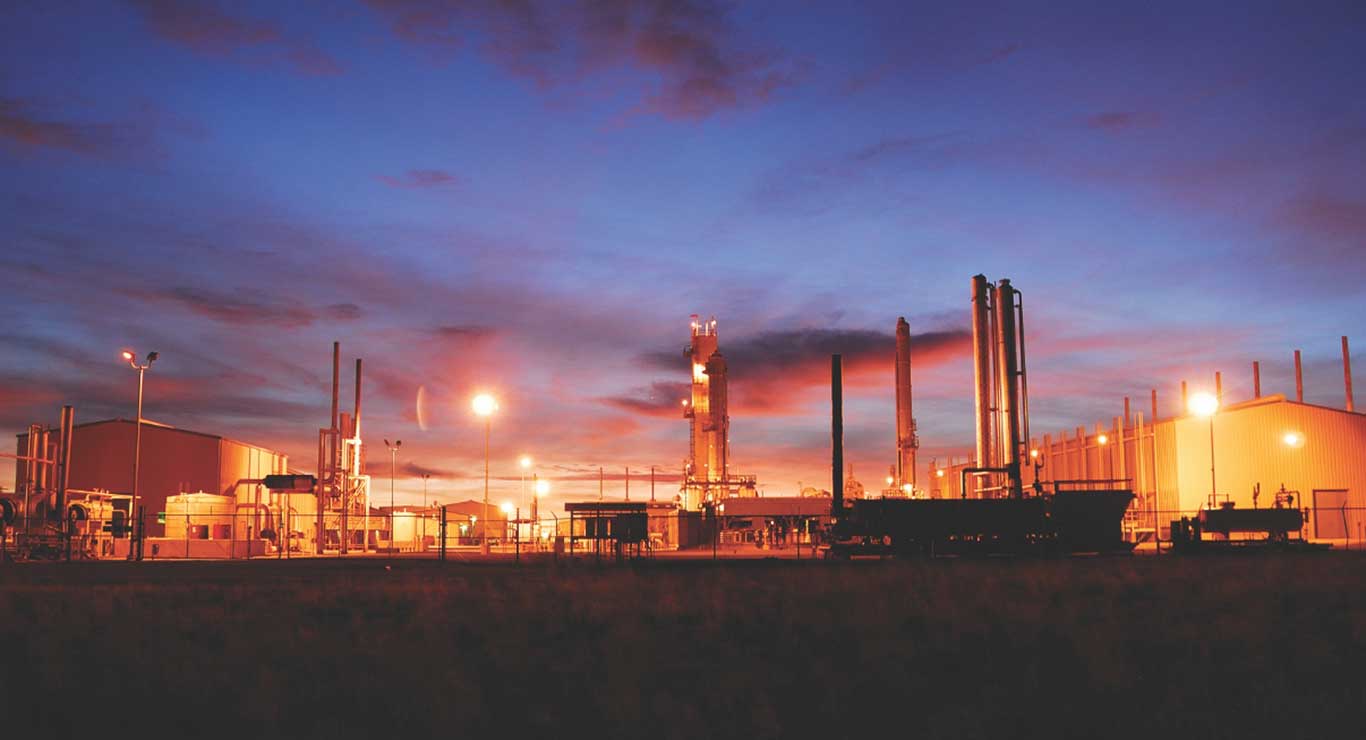

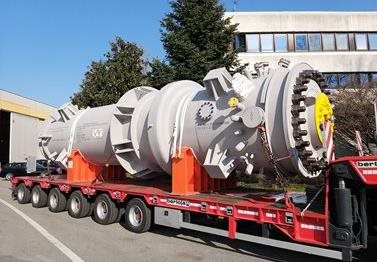
 Request A Quote
Request A Quote
 Email An Inquiry
Email An Inquiry
 Find Our Locations
Find Our Locations
 Join Our Team
Join Our Team